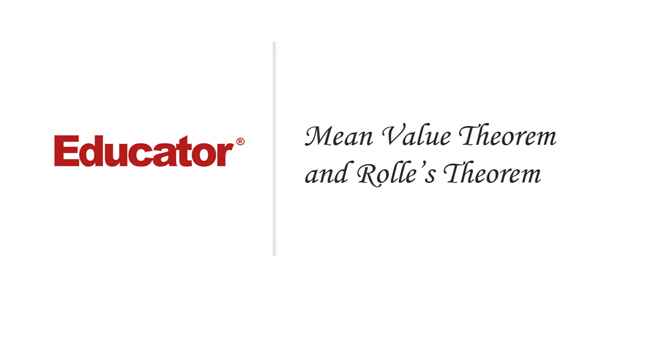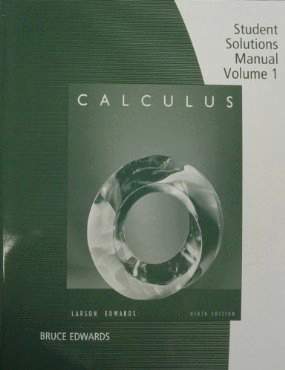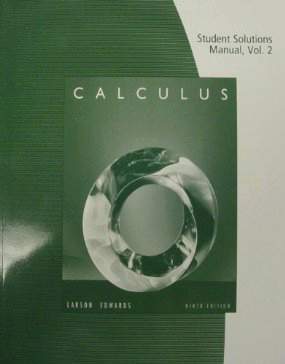Connecting...

This is a quick preview of the lesson. For full access, please Log In or Sign up.
For more information, please see full course syllabus of College Calculus: Level I
For more information, please see full course syllabus of College Calculus: Level I
College Calculus: Level I Mean Value Theorem and Rolle's Theorem
Lecture Description
In this lecture we are going to talk about Mean Value Theorem and Rolle’s Theorem. We are going to introduce both of these theorems and see their graphical explanations. The mean value theorem states, roughly: that given a planar arc between two endpoints, there is at least one point at which the tangent to the arc is parallel to the secant through its endpoints. Rolle's theorem essentially states that any real-valued differentiable function that attains equal values at two distinct points must have a stationary point somewhere between them - that is, a point where the first derivative is zero. We will see that Rolle’s Theorem is simply a special case of the Mean Value Theorem.
Bookmark & Share
Embed
Share this knowledge with your friends!
Copy & Paste this embed code into your website’s HTML
Please ensure that your website editor is in text mode when you paste the code.(In Wordpress, the mode button is on the top right corner.)
×
Since this lesson is not free, only the preview will appear on your website.
- - Allow users to view the embedded video in full-size.
Next Lecture
Previous Lecture










































 Answer Engine
Answer Engine





1 answer
Last reply by: Cheng Jiang
Wed Oct 30, 2013 5:37 PM
Post by Shehan Gunasekara on May 1, 2012
Thanks!! helped alot with uni
0 answers
Post by Real Schiran on October 29, 2011
:-)
0 answers
Post by Ahmed Shiran on October 29, 2011
Cool !